The Mediterranean basin cradles some of humanity’s most remarkable
archaeological treasures, each telling a unique story of ancient civilizations that once
flourished along these shores.
From sprawling Roman cities to mysterious Phoenician outposts, these sites offer
windows into past worlds that continue to captivate modern visitors. Whether a
history enthusiast or simply curious about ancient cultures, these archaeological
wonders deserve a place on your travel itinerary.
Pompeii, Italy
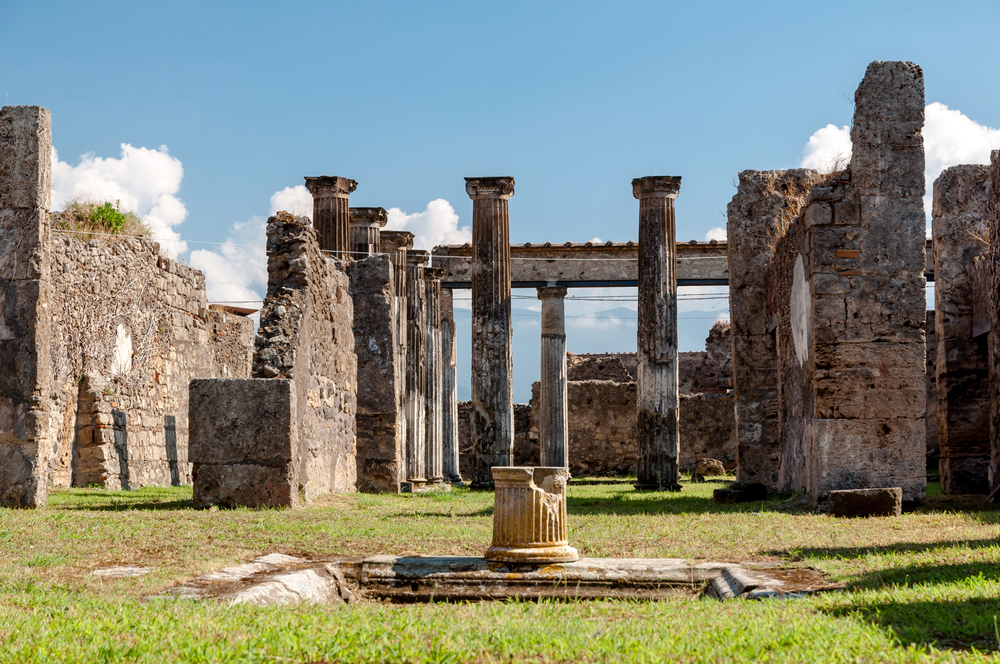
The ancient Roman city lies preserved in volcanic ash, offering an unprecedented
glimpse into daily life during the height of the Roman Empire. Mount Vesuvius’s
eruption in 79 CE created a time capsule of Roman civilization, freezing a moment in
history.
The site’s extraordinary preservation includes everything from elaborate frescoes to graffiti and bakeries with bread still in their ovens.
Knossos, Crete
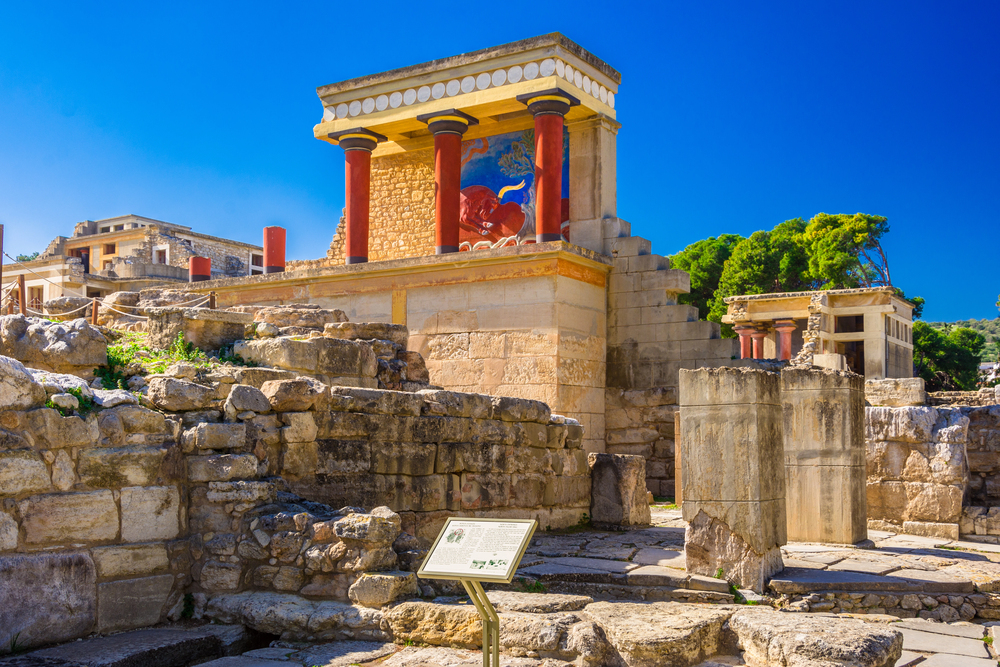
The legendary palace complex is the centerpiece of the Minoan civilization,
showcasing advanced architectural techniques from the Bronze Age. The expansive
site features the famous throne room, intricate pottery, and stunning frescoes that
hint at a sophisticated society.
The archaeological evidence suggests this was once home to the mythical King Minos and the legendary labyrinth.
Like Travel Pug’s content? Follow us on MSN.
Ephesus, Turkey
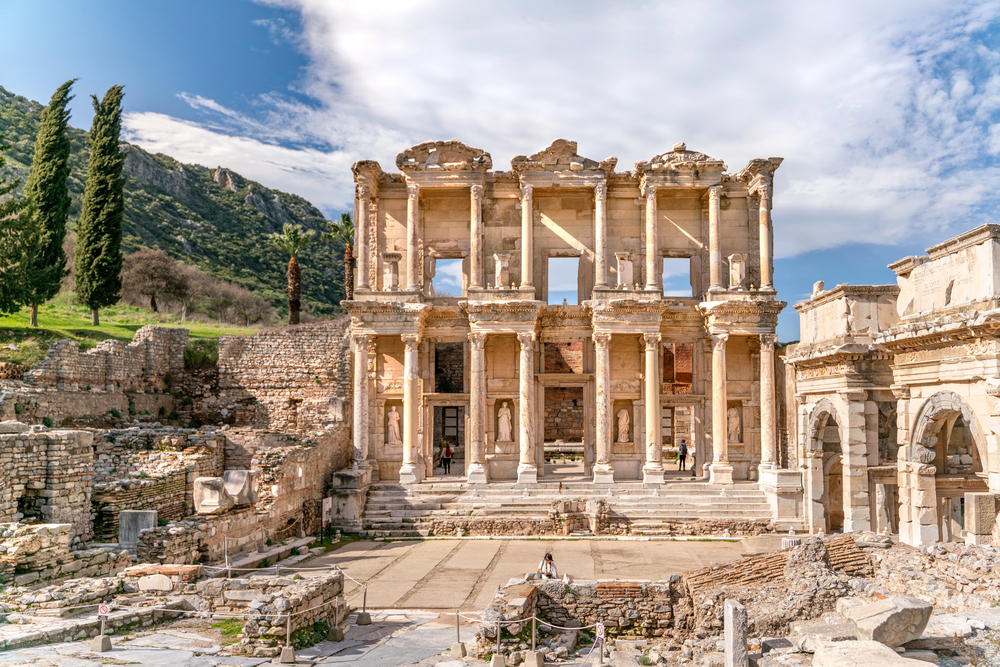
The well-preserved Roman city represents one of the most complete classical
metropolises in the Mediterranean region. The Library of Celsus is a testament to the
city’s role as a center of learning and culture.
The grand theater, temple ruins, and ancient shopping streets vividly depict life in a major Roman provincial
Delphi, Greece
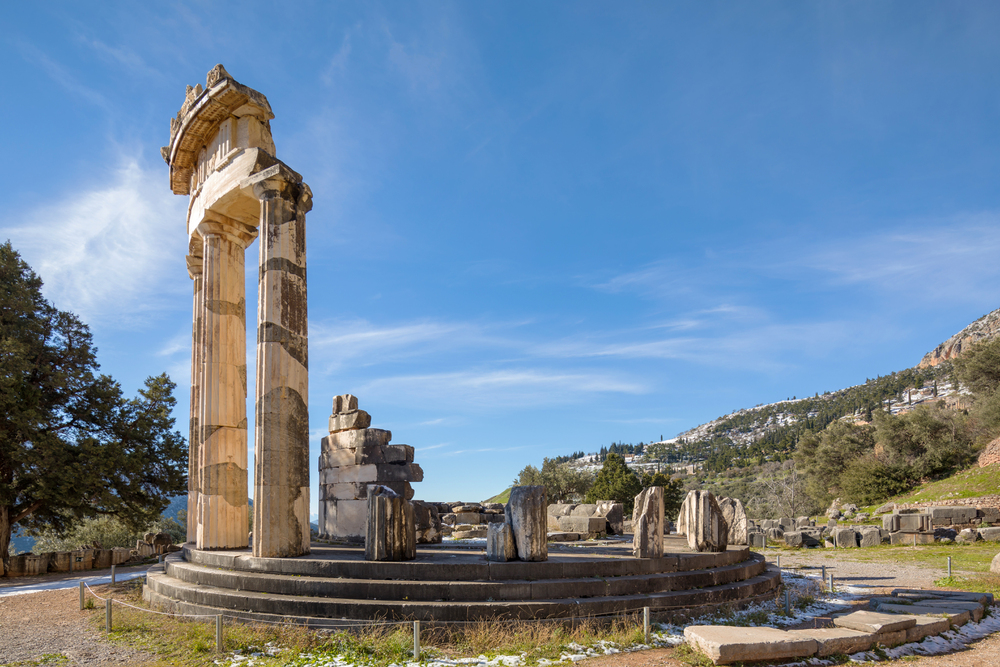
The sanctuary of Apollo rests dramatically on the slopes of Mount Parnassus, once
considered the center of the ancient world. The Oracle’s temple, theater, and
stadium showcase the site’s importance as a religious and cultural hub.
The preserved Treasury houses and Sacred Way demonstrate the wealth and influence
this sanctuary commanded.
Carthage, Tunisia
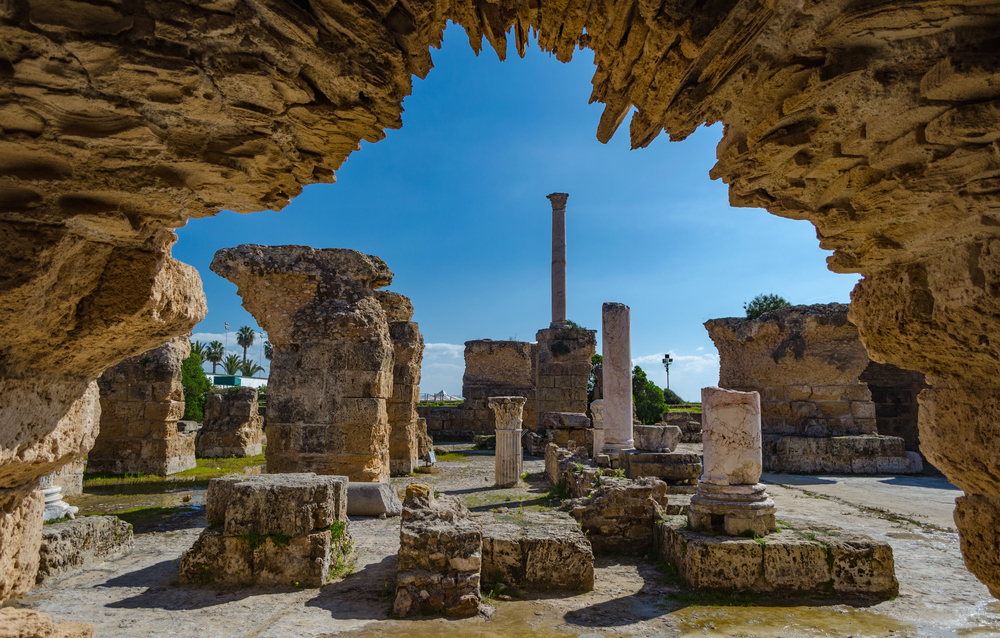
The ancient Phoenician city spreads across the Gulf of Tunis, revealing layers of
Phoenician, Roman, and Byzantine history. The Antonine Baths, amphitheater, and
Byrsa Hill showcase the city’s evolution through multiple civilizations.
The archaeological park preserves the remnants of what was once Rome’s greatest rival.
Like Travel Pug’s content? Follow us on MSN.
Caesarea, Israel
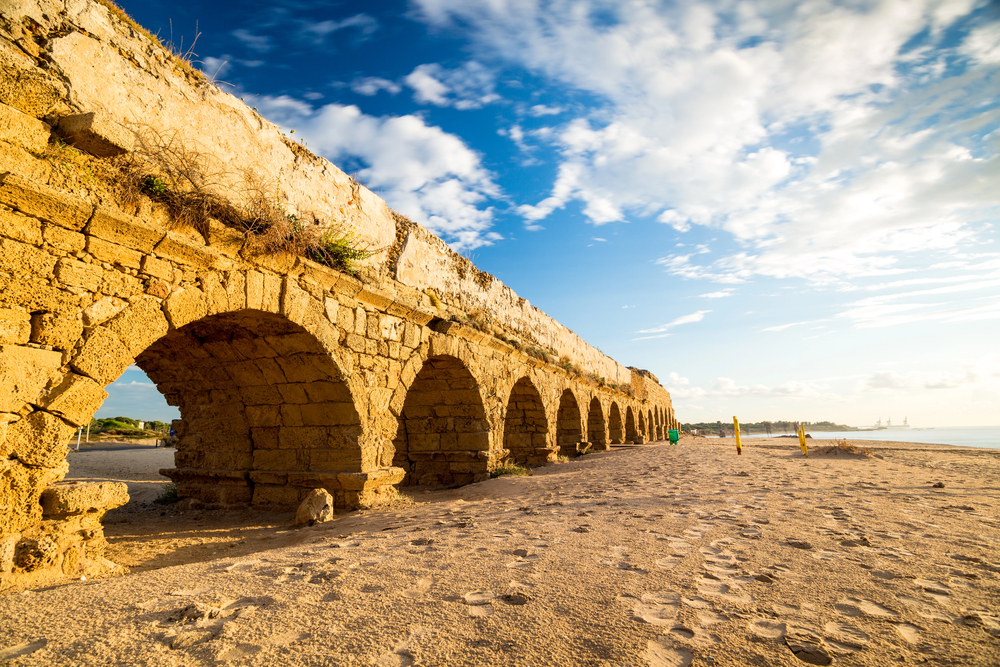
The ancient port city built by Herod the Great combines Roman engineering with
maritime innovation. The preserved harbor, theater, and hippodrome demonstrate
Roman architectural mastery.
The underwater archaeological park reveals submerged ruins of the original port structures.
Valley of the Temples, Sicily
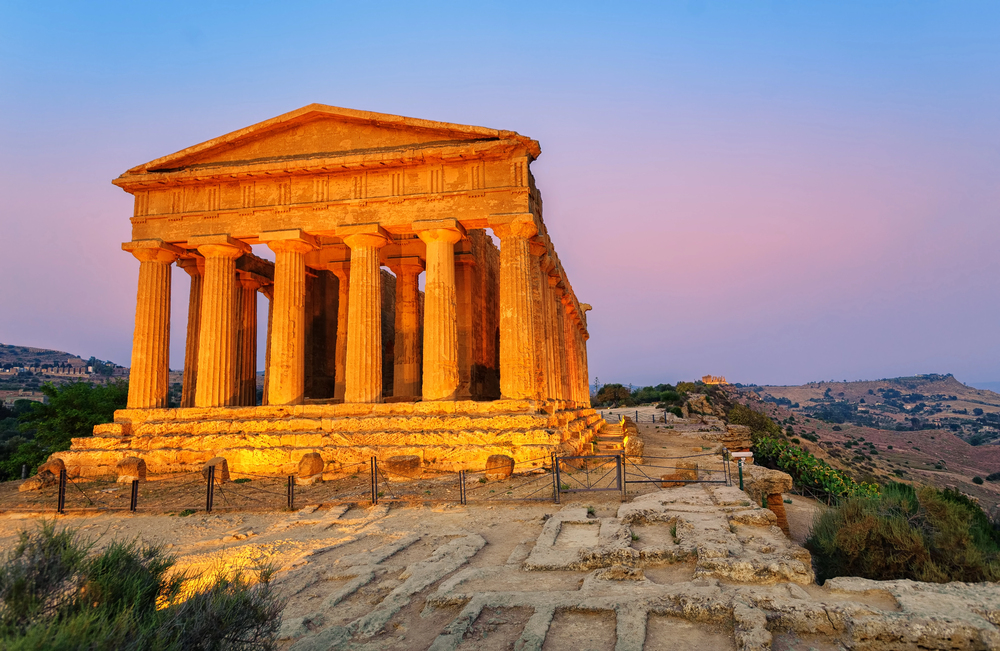
The archaeological park in Agrigento houses some of the best-preserved Greek
temples outside of Greece. The Temple of Concordia is one of the most complete
Doric temples in existence.
The site’s dramatic setting along a ridge offers stunning views while showcasing ancient Greek architectural excellence.
Petra, Jordan
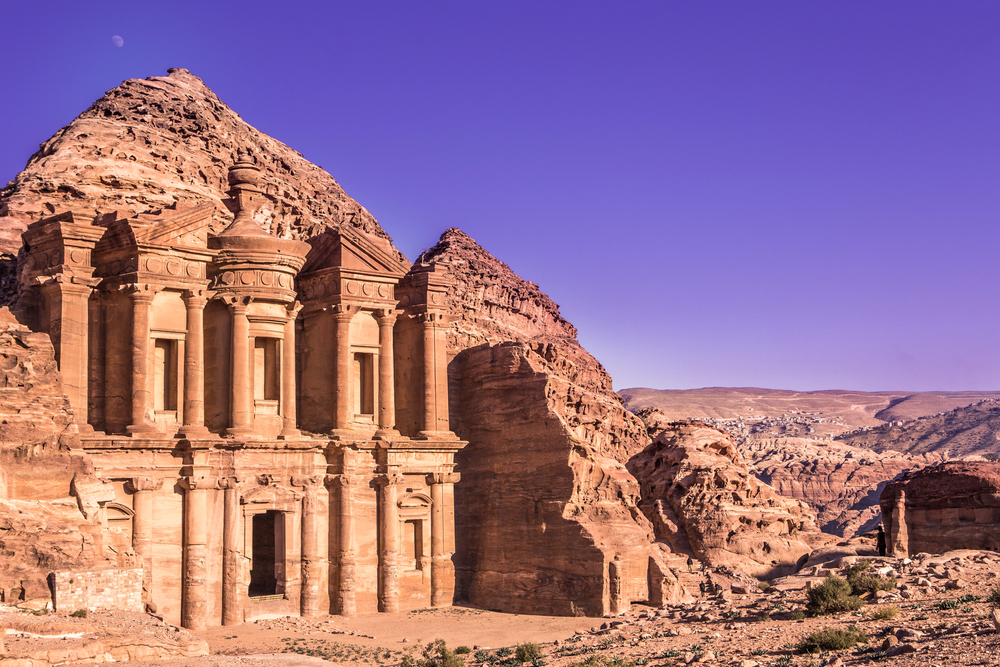
The rose-red city carved into desert cliffs represents a masterpiece of ancient
Nabataean engineering and artistry. The Treasury’s elaborate facade is just one
example of the site’s architectural sophistication.
The vast network of tombs, temples, and water conduits demonstrates remarkable ancient urban planning.
Like Travel Pug’s content? Follow us on MSN.
Butrint, Albania
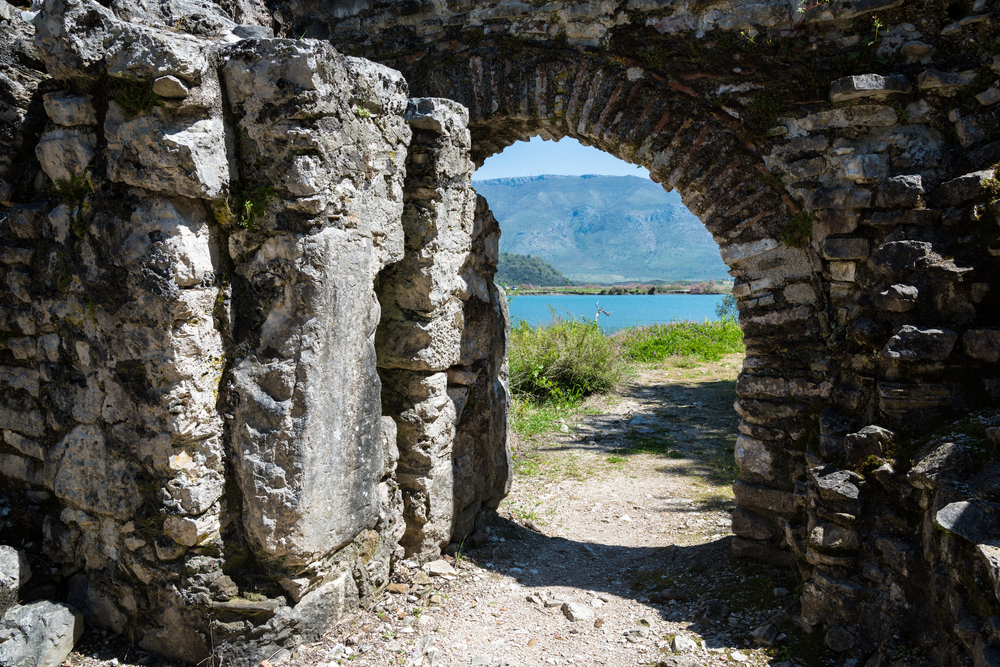
The UNESCO World Heritage site presents Greek, Roman, Byzantine, and Venetian
occupation layers. The well-preserved theater, baptistery, and fortifications tell
stories of successive civilizations.
The peaceful setting among olive groves adds to the site’s unique charm.
Baalbek, Lebanon
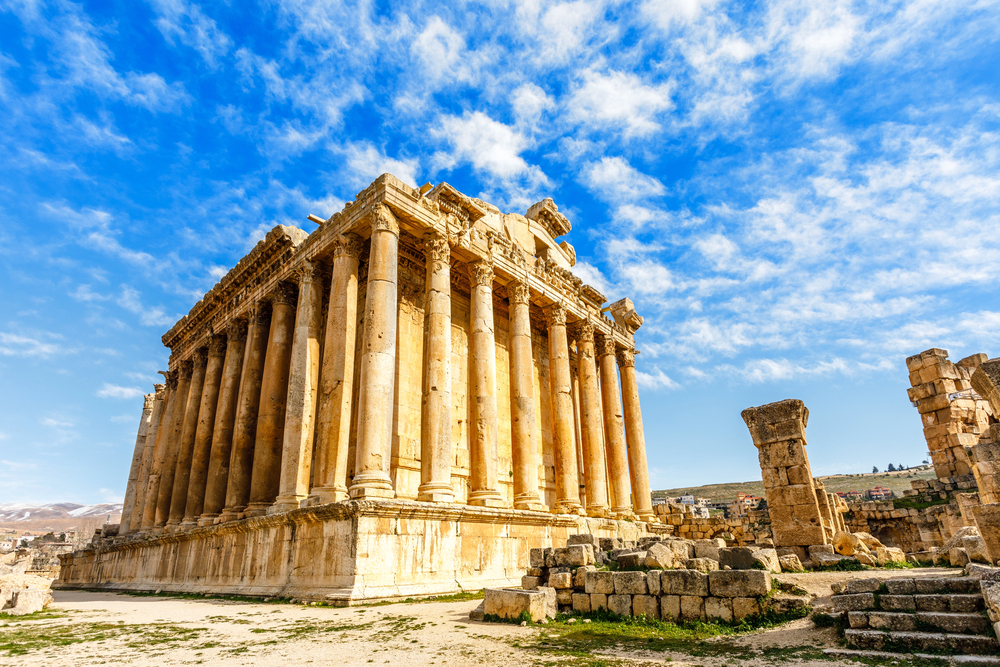
The Roman temple complex is one of the classical world’s largest and most
impressive religious sites. The Temple of Bacchus remains one of the best-
preserved Roman temple buildings.
The massive stone blocks in the foundation continue to puzzle engineers and archaeologists.
Leptis Magna, Libya
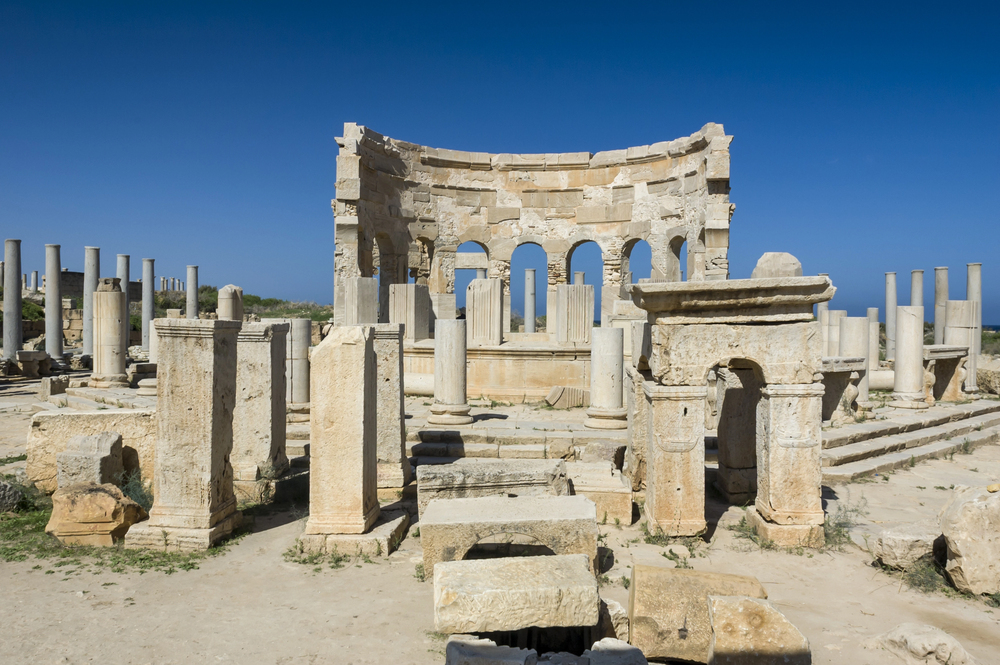
The Roman city represents one of antiquity’s most complete and well-preserved
urban centers. The elaborate arch of Septimius Severus marks the city’s golden age
as the emperor’s birthplace.
The forum, marketplace, and harbor installations demonstrate sophisticated urban planning.
Like Travel Pug’s content? Follow us on MSN.
Split, Croatia
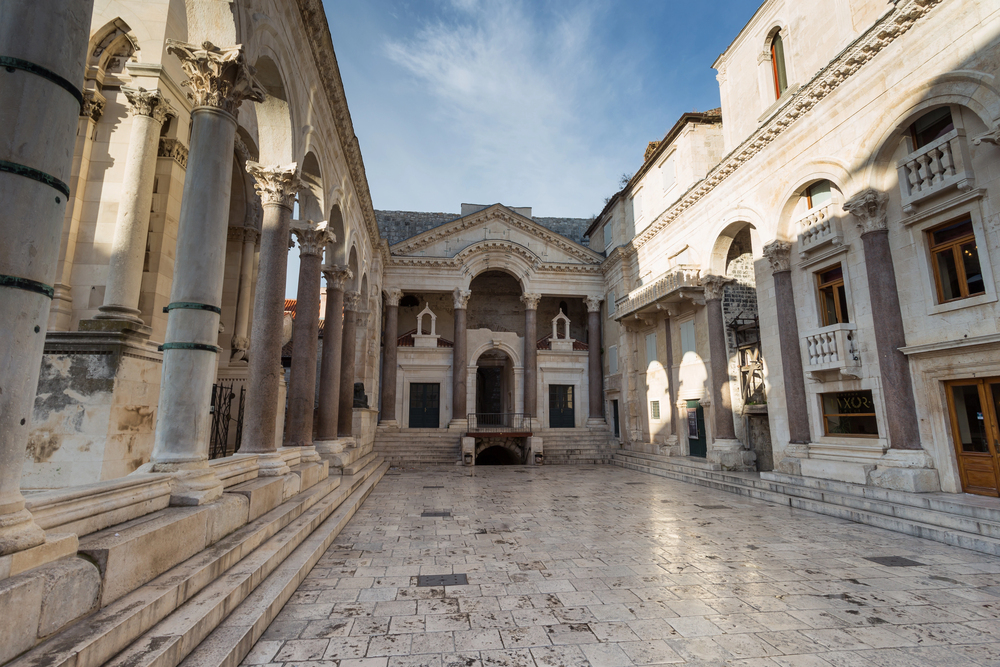
Diocletian’s Palace forms the heart of the modern city while preserving remarkable
Roman imperial architecture. The complex demonstrates the transition from a
Roman palace to a medieval town.
The underground halls and temple remain largely intact after 17 centuries.
Hippos, Israel
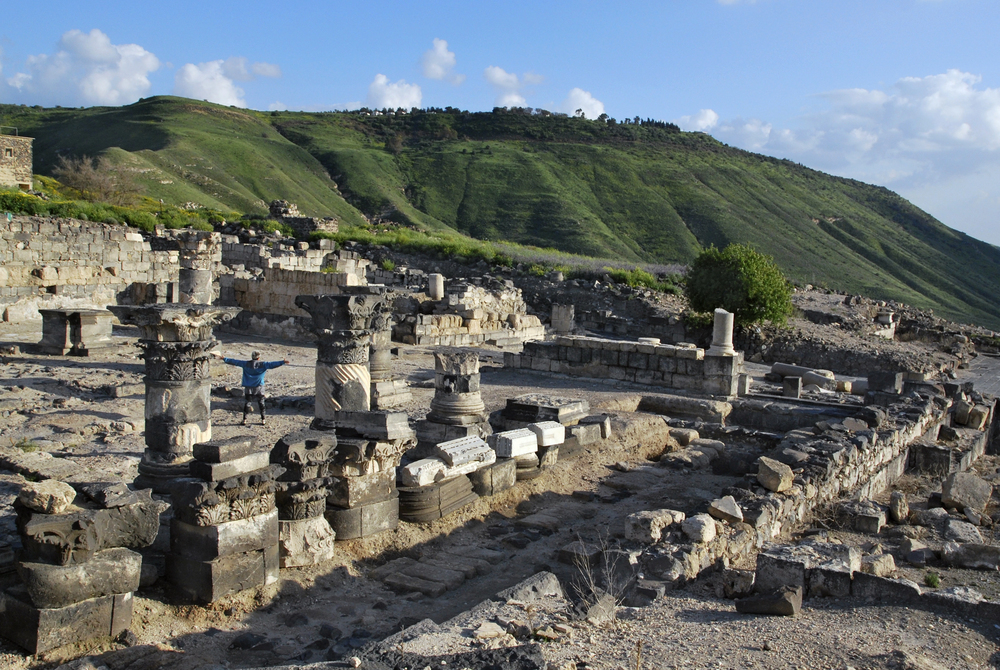
The Decapolis city overlooks the Sea of Galilee and boasts well-preserved public
buildings and churches. Its strategic location offers panoramic views while revealing
Hellenistic and Roman urban planning.
Recent discoveries of public fountains and mosaics continue to enhance our understanding of the city.
Mycenae, Greece
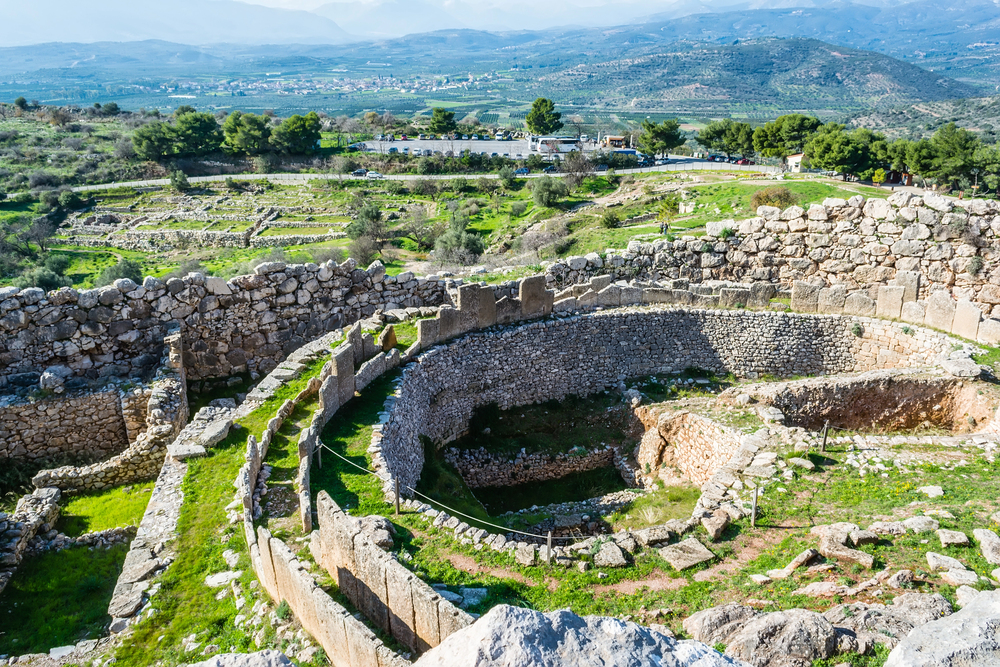
The Bronze Age citadel dominated the Greek mainland and gave its name to a
whole civilization. The Lion Gate stands as the symbol of Mycenaean power and
artistic achievement.
Schliemann found royal graves filled with incredible golden treasures.
Like Travel Pug’s content? Follow us on MSN.
Apollonia, Libya
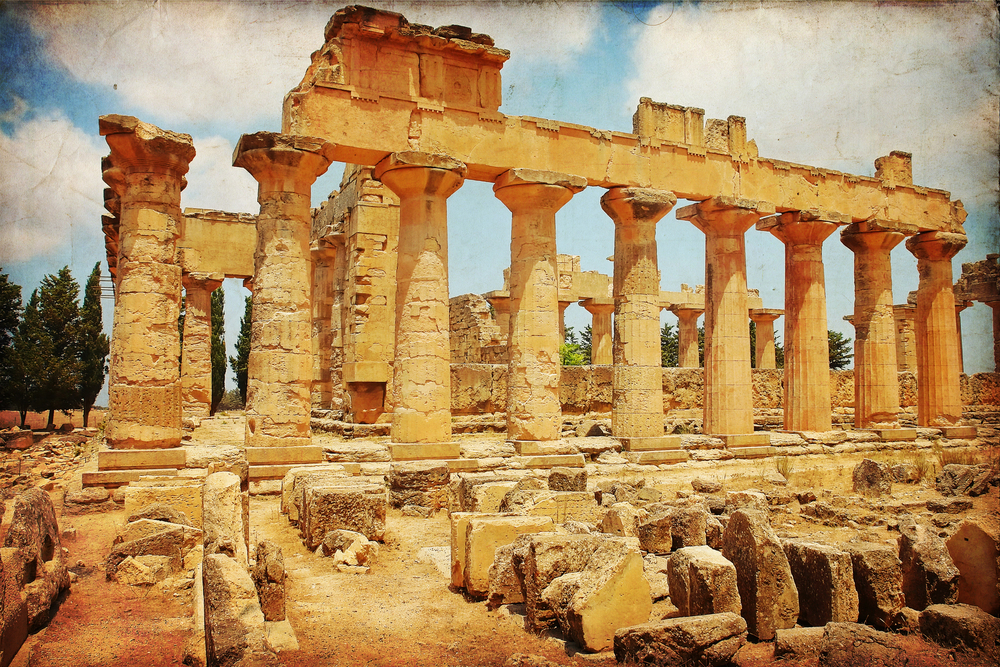
The Greek colonial city preserves remarkable examples of classical urban planning
and architecture. The theater’s stunning seaside location combines natural beauty
with ancient engineering.
The Roman baths and gymnasium complex demonstrate the city’s continued importance through multiple eras.
Aspendos, Turkey
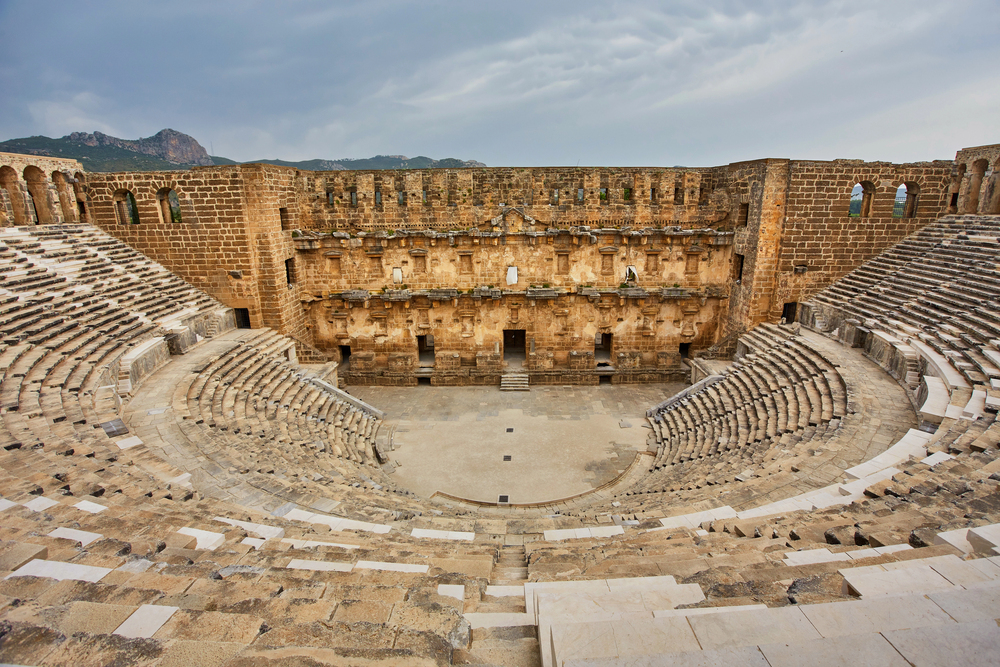
The Roman theater is perhaps the best-preserved ancient theater in the
Mediterranean region. Its advanced acoustic design continues to impress modern
sound engineers and performers.
The aqueduct system showcases Roman engineering at its finest.
Tharros, Sardinia
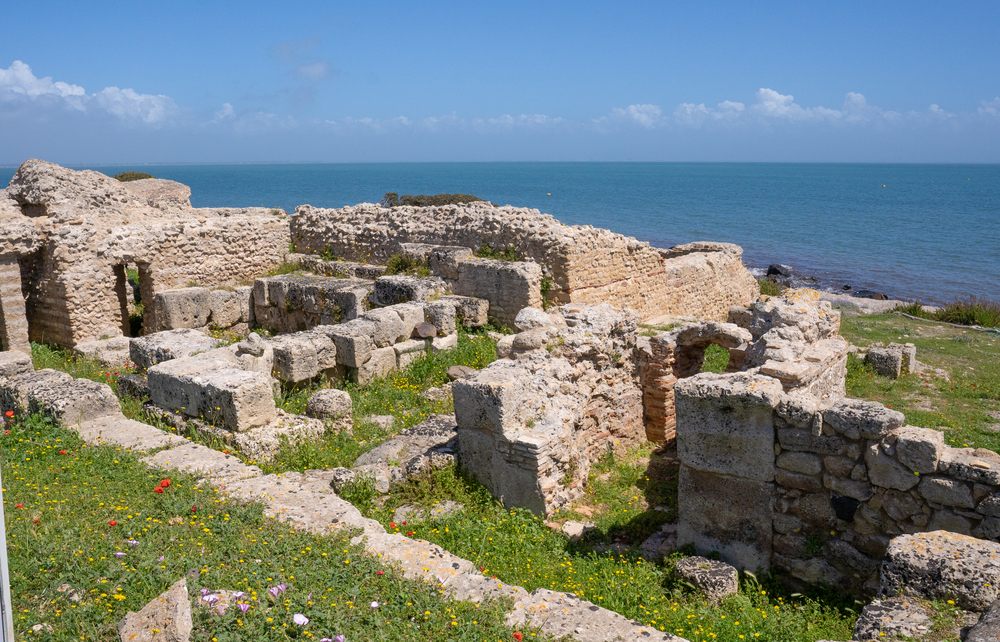
The Phoenician-Roman city occupies a stunning peninsula location with structures
from multiple civilizations. The tophet sacred area provides crucial information about
Phoenician religious practices.
The thermal baths and temples demonstrate the site’s evolution through the Punic and Roman periods.
Like Travel Pug’s content? Follow us on MSN.
Byblos, Lebanon

The ancient port city represents one of the oldest continuously inhabited settlements
in the world. The successive layers of occupation span from the Neolithic period
through the Crusader era.
The Phoenician temples and Roman theater demonstrate the site’s importance across millennia.
Volubilis, Morocco

The Roman provincial capital in Morocco preserves remarkable examples of
classical architecture and urban planning. The elaborate mosaic floors remain in situ,
protecting scenes of daily life and mythology.
The triumphal arch and forum complex demonstrate Roman power at the empire’s edge.
Aptera, Crete
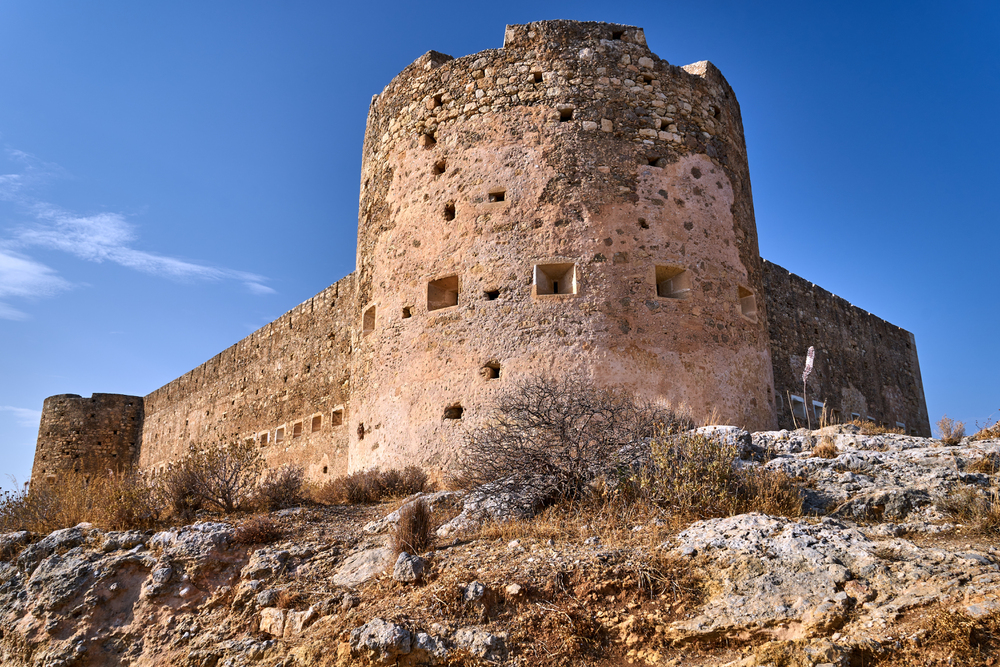
The Greco-Roman city commands views over Souda Bay while preserving structures
from multiple periods. The massive Roman cisterns demonstrate sophisticated water
management techniques, and the recently excavated theater adds another
dimension to our understanding of public life.
Like Travel Pug’s content? Follow us on MSN.
Discovering Ancient Mediterranean Heritage
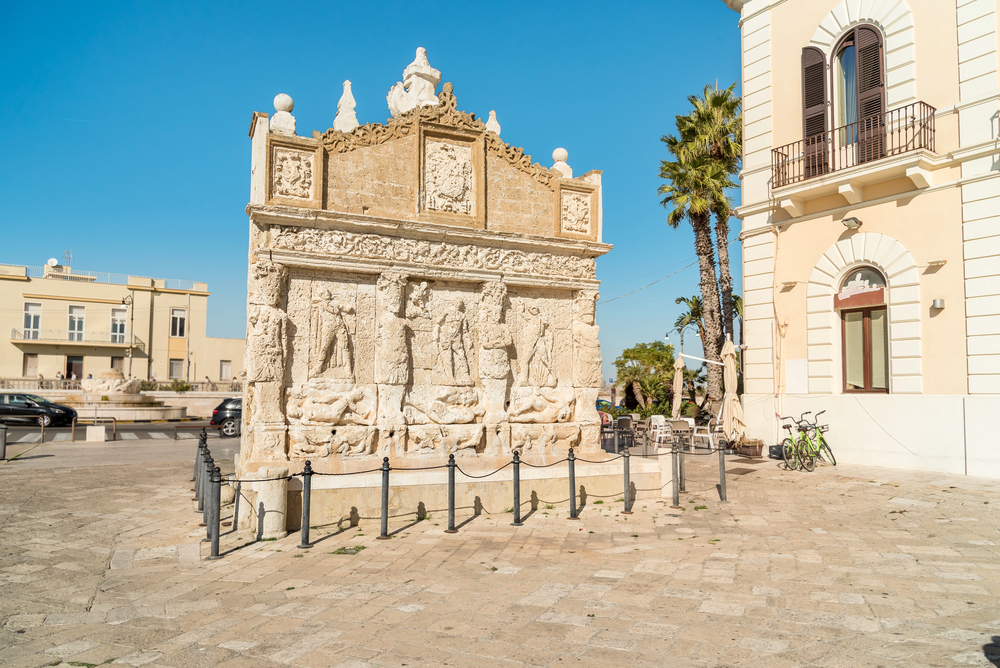
These archaeological sites represent just a fraction of the Mediterranean’s rich
historical landscape, offering unique insights into ancient civilizations that shaped our
world. Every site tells compelling stories of human achievement and cultural evolution, from perfectly preserved Roman theatres to mysterious Bronze Age palaces.
As you plan your Mediterranean adventures, consider incorporating these remarkable locations into your itinerary to experience the extraordinary legacy of ancient Mediterranean civilizations firsthand.
More from Travel Pug

- 15 Dangerous European Cities to Avoid
- 15 Caribbean Islands Where Tourists Keep Getting Scammed
- The 20 Most Fascinating Abandoned Places: A Journey Through Time and Forgotten Spaces
- 15 Hidden Places in the Smithsonian Museums Locals Love: A Guide to Lesser-Known Treasures
- 16 Hidden Florida Beach Towns That Aren’t Overrun with Tourists
Like Travel Pug’s content? Follow us on MSN.
